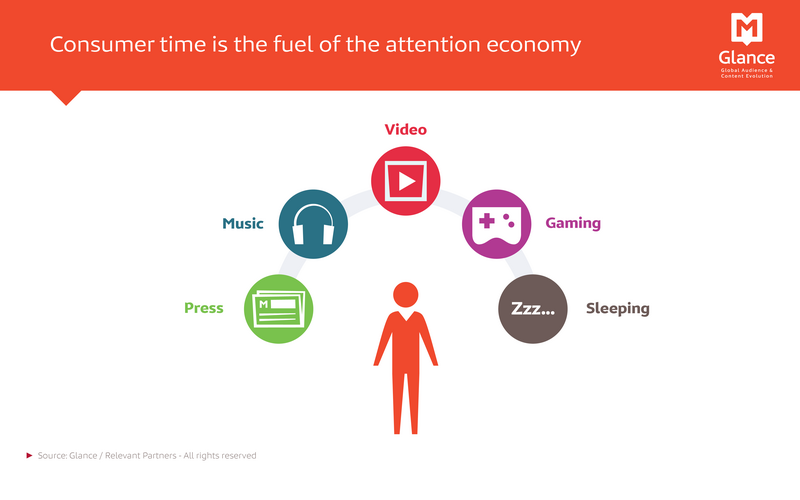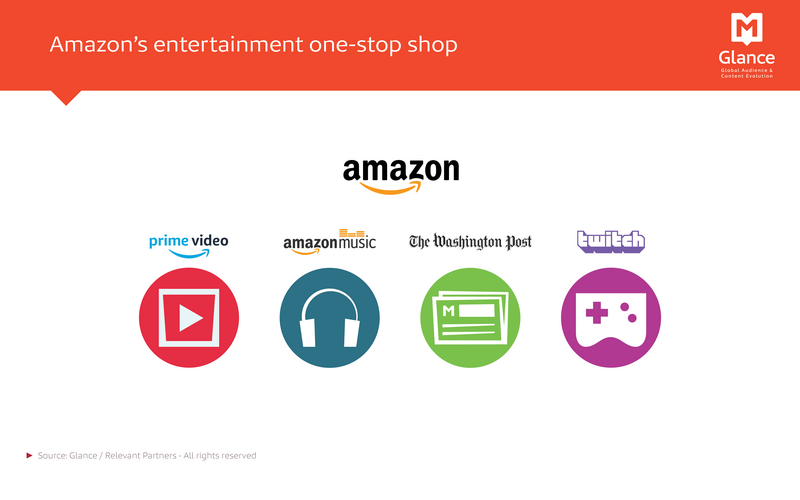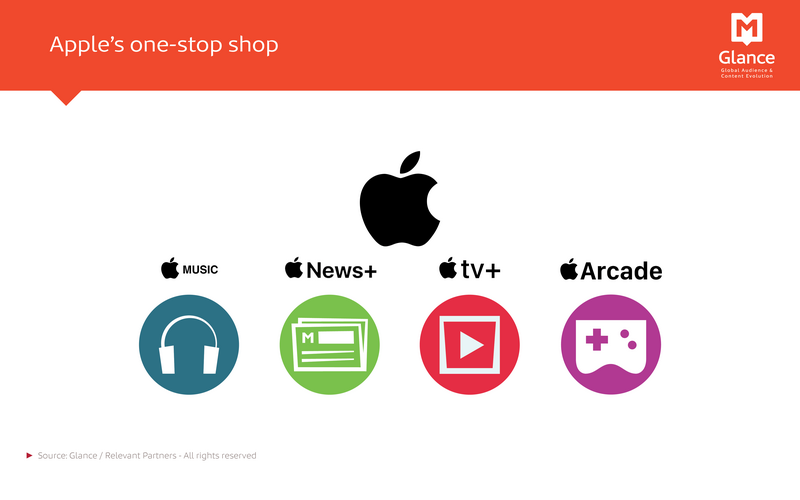The Attention Economy: keeping subscribers within a comprehensive ecosystem
With the American SVOD market coming to maturity, and because there are only so many services one can subscribe to, platforms do their utmost to create digital environments that will maximise the time spent inside their ecosystems.
In 2017, Netflix CEO Reed Hastings stated that the company was competing with sleep on the margin: the company’s favoured metric is now the consumer screen time, which explains why another one follows automatically when we reach the end of an episode.

In order to keep us watching, international platforms provide more services than they originally began with, as with Netflix’s foray into interactivity to compete with hit video game Fortnite, or Apple starting its own SVOD platform after selling the hardware to run it. The world of audio entertainment follows the same pattern, with Spotify investing heavily in podcasting through content spending and hiring TV executives to oversee its new operations.
To maximise consumer screen time and avoid subscribers tuning in to another service, attention-based businesses seem to all tend towards an ideal: the one-stop shop. The idea is to provide customers with all the content and products they might be interested in within a certain range of services. Amazon and Apple are perfect examples of this diversification.


With the “one-stop shop” model becoming ubiquitous, demand will “pressure” major attention-based companies - Netflix, Amazon, Disney, WarnerMedia, Apple, NBCUniversal - into being as complete as possible. Only then will it be able to keep its subscribers inside a comprehensive content ecosystem, increasing its consumer screen time.
Test of significance of the differences between two proportions
Used to assess whether the difference between 2 proportions is significant at the 95% threshold
Warning: only applies to a proportion. The Average Rate is an average of proportions and the Audience Share a ratio of proportions. This tool is provided for information purposes. It cannot be applied for professional purposes without further precautions.
des médias
edition
definitions
